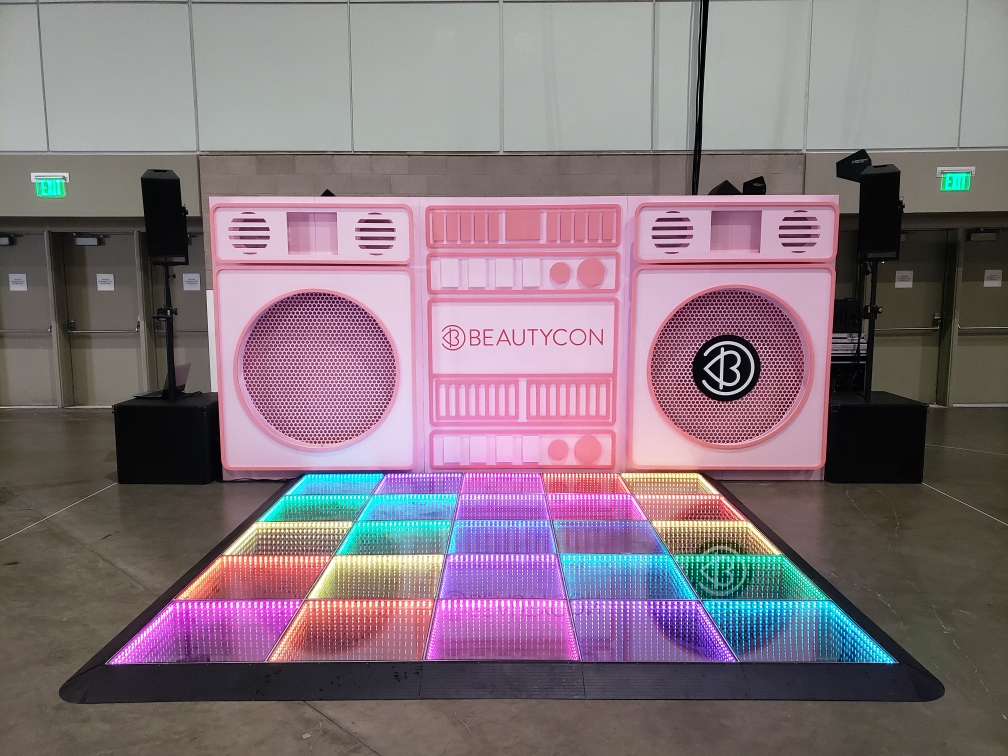
The main hues are crimson, azure, and golden. These colors cannot be created by mixing different colors together. Secondary colors, such as green, orange, and purple, are formed by combining main hues. Third-level hues are created by combining a main color with a secondary hue. Grasping these fundamental connections helps creators select hues that enhance one another and create a visually appealing display. Combining these hues on an LED dance floor can lead to dynamic and stimulating outcomes that attract the focus of participants.
Hue value also holds a key role in design. Colors can be categorized as warm or chill. Warm hues, such as crimson, orange, and yellow, often to elicit emotions of enthusiasm and heat. In opposition, cool hues like azure, emerald, and violet often create a calm and tranquil environment. Creators can use these color temperatures to set the ambiance for various kinds of events. For instance, a party environment may about this gain from hot hues that invigorate the audience, while a further relaxed event might use chill hues to provide a calming effect.
In addition to hue combinations and value, brightness and saturation are vital factors to take into account. Luminosity refers to how light or dim a hue looks, while intensity measures the intensity of a hue. Vivid, saturated colors can generate a lively and energetic atmosphere, perfect for dancing floors. On the other hand, gentler, lower saturated colors can generate a further subdued atmosphere. Through adjusting brightness and saturation, creators can attract attention to specific sections of the dancing floor or create sight routes, leading participants through the venue.
Finally, it is crucial to take into account the psychological impacts of hue in LED dance surface designs. Different hues can evoke various feelings and responses. For example, crimson is frequently associated with passion and vitality, while azure can be calming and peaceful. Grasping these connections enables designers to tactically apply colors to influence the actions of participants. By incorporating hue principles into LED dance surface resource layouts, creators can enhance the total encounter, rendering it memorable and enjoyable for all participating.